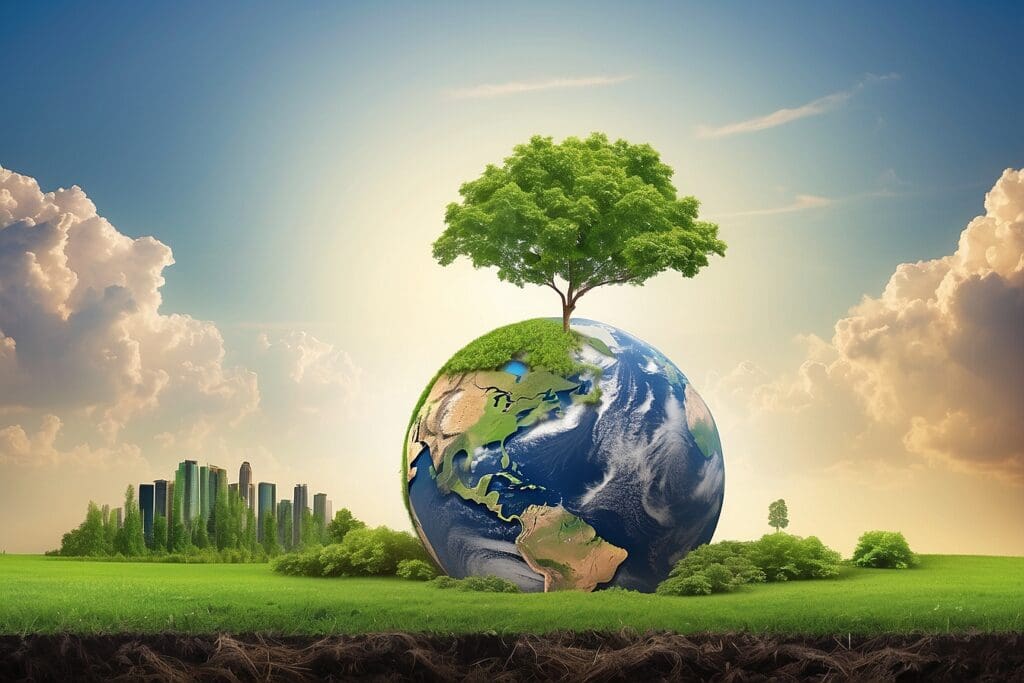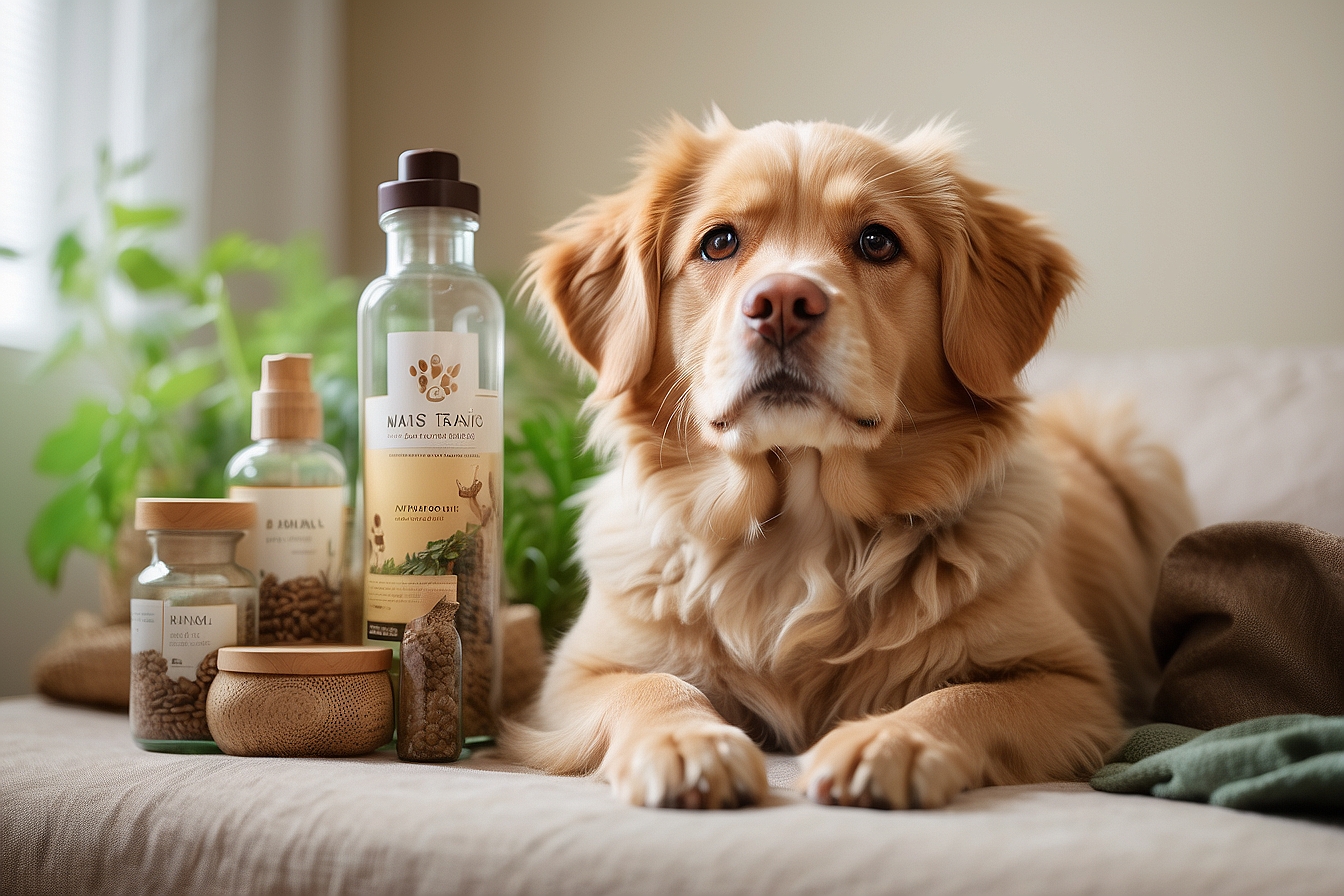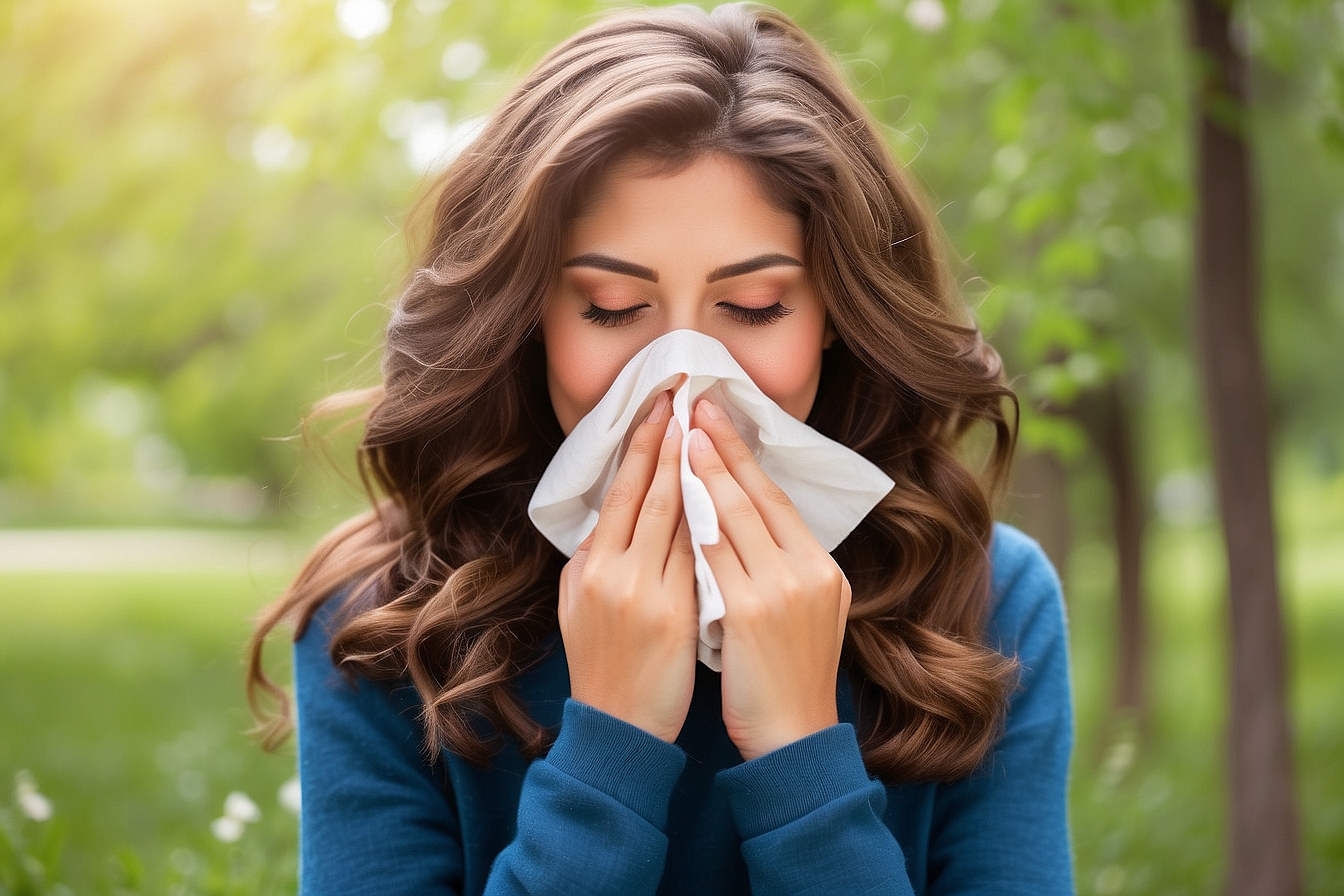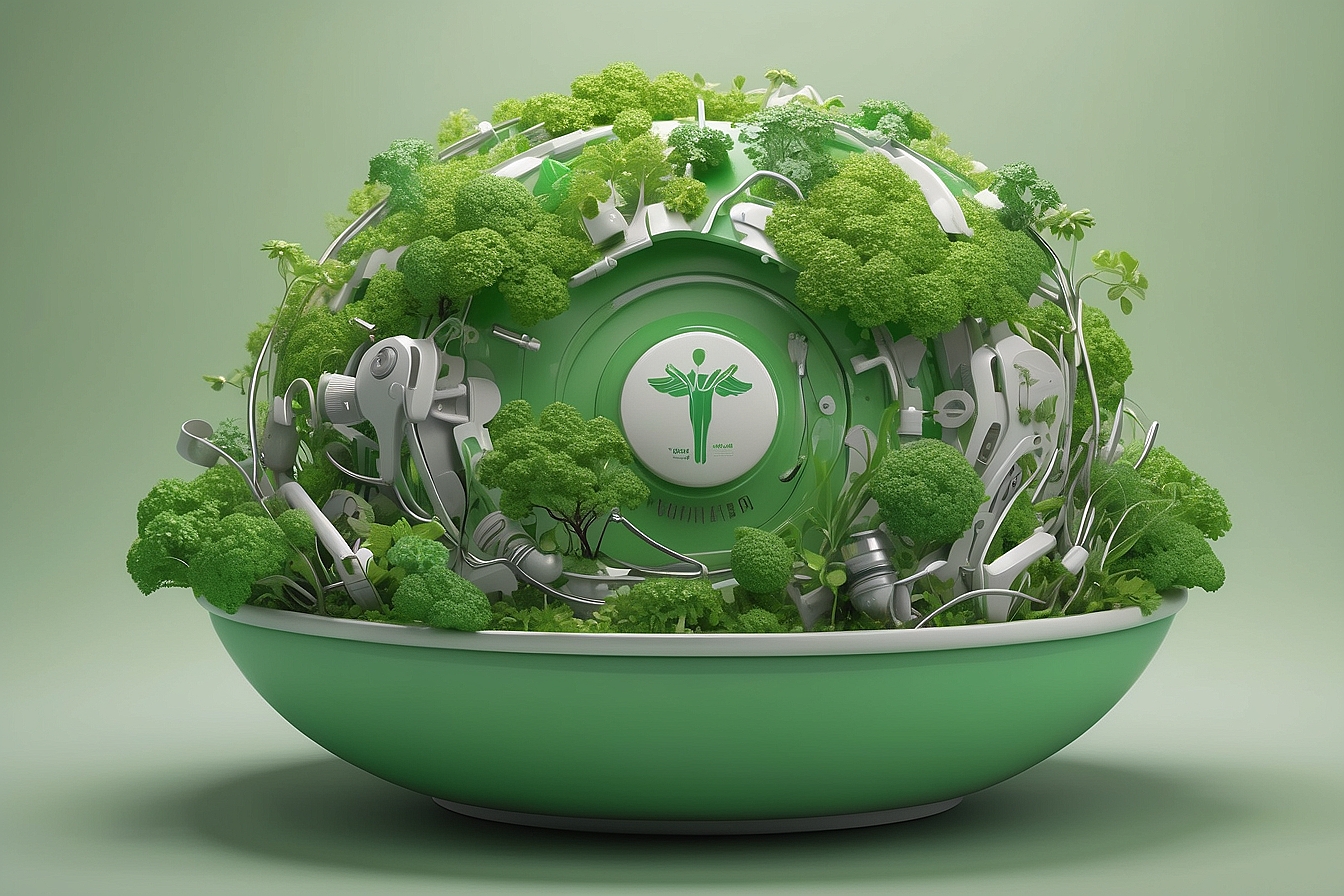It has been estimated that 41% of Americans will be diagnosed with cancer at some point in their lives and that 21% of Americans will die of the disease.1 You’ve been told that genetics and certain lifestyle choices increase your risk of becoming part of that statistic, but you might not have heard that our environment is also a leading contributor to cancer rates. Since World War II, humans have created more than 80,000 synthetic chemicals, with 1,000 new chemicals introduced each year.2 These chemicals are everywhere — in our make-up, clothes, laptops, shower curtains, even receipts. But here’s the kicker: Only 2% of these chemicals have been tested for carcinogenicity—the tendency to cause cancer.3 It is possible that the 98% of chemicals not being tested aren’t toxic, but are you willing to bet your life on it?
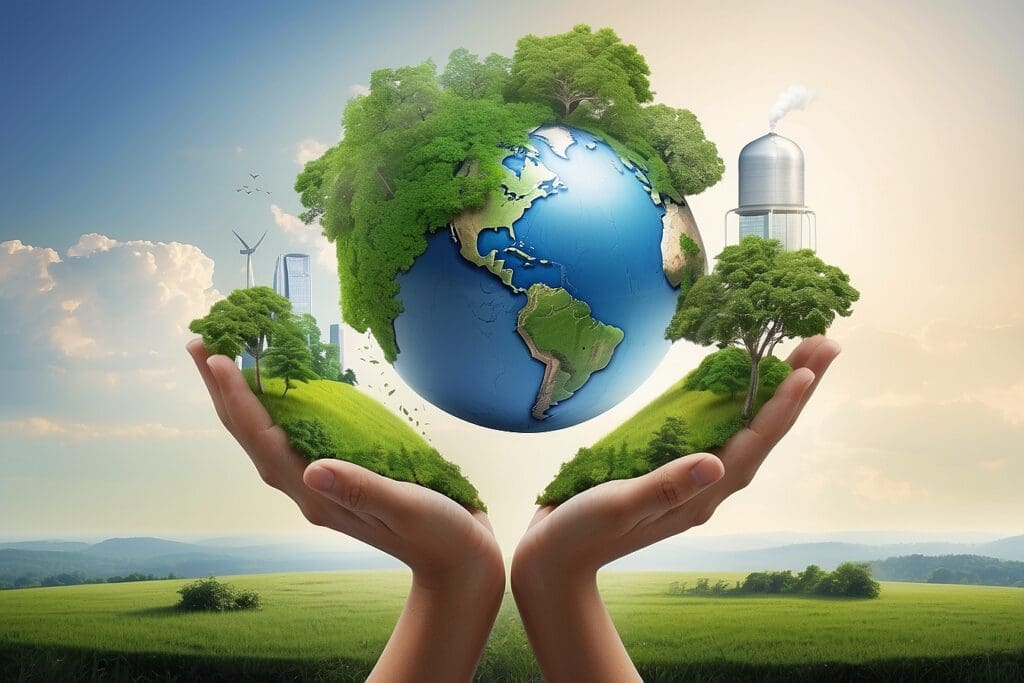
Only about 5 to 10 percent of cancer cases are hereditary.4 That’s why it’s important for all of us to be aware of the environmental toxins that we encounter daily. Unfortunately, the medical community has generally placed a stronger emphasis on cancer detection than on cancer prevention. But that might soon change, thanks to a landmark 200-page report issued this year by the President’s Cancer Panel, appointed by George W. Bush. The Panel, which the New York Times dubs “the Mount Everest of the medical mainstream,” urges Americans to rethink how we confront cancer.5 In a letter to the President, the Panel concluded: “[E]xposure to potential environmental carcinogens is widespread…The Panel urges you most strongly to use the power of your office to remove the carcinogens and other toxins from our food, water, and air that needlessly increase health care costs, cripple our Nation’s productivity, and devastate American lives.”6
Children are particularly susceptible to environmental toxins. The Panel warns that newborns’ umbilical cords now contain more than 300 contaminants, i.e. “babies are born ‘pre-polluted.’”7Women are also especially receptive to carcinogens. You’ve probably heard that 1 in 8 women born in the United States today will develop breast cancer at some point in their life.8 Women should avoid environmental estrogens, which mimic the function of the hormone estrogen and cause breast cells do divide and multiply, increasing cancer risk. Environmental estrogens include: phthalates (found in everything from shower curtains to yoga mats), triclosan (in antibacterial soap), BPA (in plastics, canned food linings, and receipt paper) and parabens (in cosmetics and food preservatives).9
We don’t have to wait for the government and medical community to protect us from cancer. There are many things each of us can start doing today! Fortunately for the planet, these suggestions clean up not just our bodies, but also the environment.10
- Take control and find out whether or not you work with carcinogens by browsing this list of toxic chemicals. Note that the list includes common substances such as gasoline, tobacco smoke, and vinyl. If you are regularly exposed to these chemicals, protect your home and family by removing your shoes at the door and wash your work clothes separately from your other laundry.
- Choose organic foods to decrease your exposure to pesticides. If you can’t buy organic, make sure to wash your conventionally grown produce well before eating or cooking. Also, avoid the use of synthetic pesticides or fertilizers on your lawn. Good for the environment: Pesticides pollute land, air, and waterways.
- Limit your use of plastics, which leach endocrine-disrupting chemicals into food and drink when heated. Use ceramic or glass containers instead and drink filtered tap water rather than bottled water. Good for the environment: Plastics don’t biodegrade, which means that every bit of plastic ever made will still clutter our landfills and waterways hundreds of years from now. Also, bottled water guzzles petroleum—both in transport and in plastic bottle production.
- Reduce your exposure to electromagnetic energy by keeping calls brief, wearing a headset when using a cell phone, and texting instead of calling. Good for the environment: Less charging time for your mobile devices saves fossil fuels, and make sure to unplug your chargers as soon as your device is charged to save energy!
- Reduce the amount of toxic auto exhaust in the air by walking or biking. Good for the environment: Every mile driven by a car emits one pound of carbon dioxide, the infamous greenhouse gas.
- Before making your next purchase, consult the Household Products Database for safety information. Good for the environment: If it’s not safe for you, it’s probably not safe for the environment. You are part of nature too!
If all of this seems overwhelming, don’t despair! Change your lifestyle one bullet point at a time. And remember—every step you take to clean up your body also helps clean up the planet!

